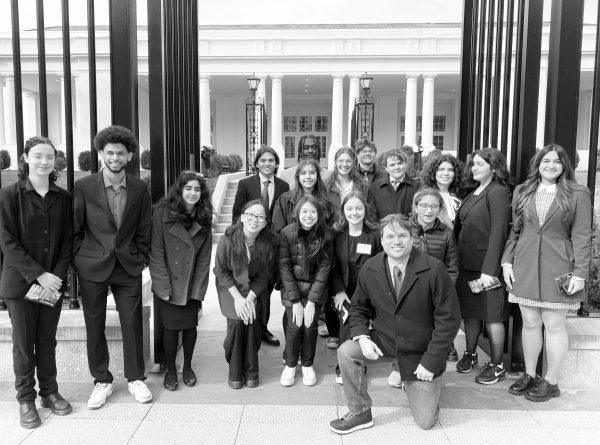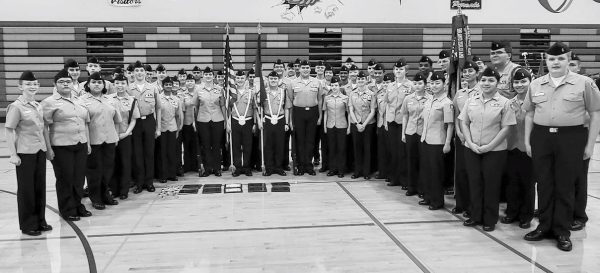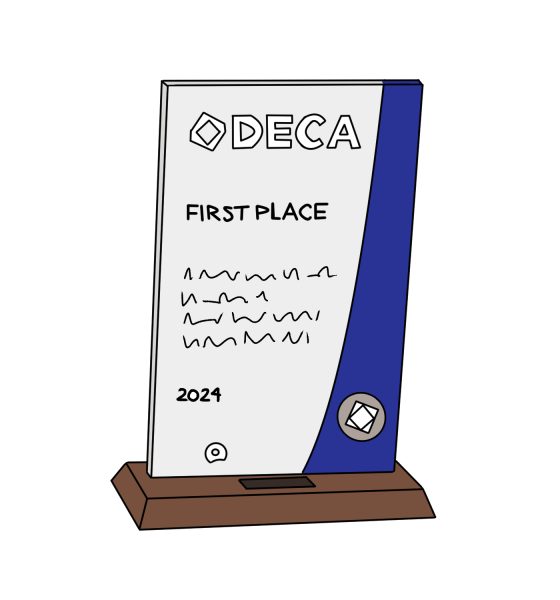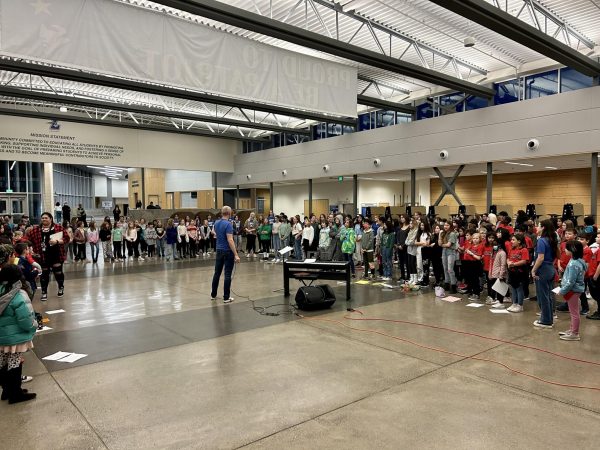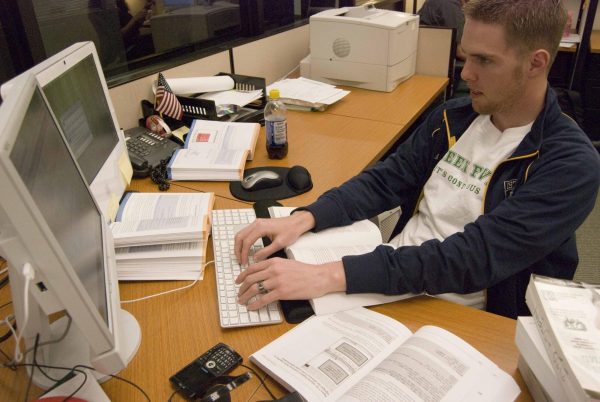Teachers’ take on remote learning
October 9, 2020
Who would’ve ever thought that online school could ever be possible? And now that it’s a reality, how do we deal with this new change, and what do people have to say about it? We’ve heard from the students, so now let’s hear what teachers have to say about this unimaginable modification of school.
How hard has the adjustment to online school been?
“It’s been pretty smooth. Obvious and necessary technology training has been learned and applied,” English teacher John Crowley said.
But Crowley wasn’t the only teacher with an opinion regarding the shift to distance learning.
“It has been a tough transition to online learning, but we are all making the best of a bad situation. I am not trained to teach online, so I am learning everything on the fly. Most of my lessons are interactive, and not being able to interact with my students has been hard,” history teacher David Dingler said.
With remote learning, much of the school day revolves around technology. Considering the circumstances, the constant use of technology can be a barrier or a bonus depending on the teacher.
“Zoom is great because it simulates an in-person class and lets us see our students. However, in a digital world, I think kids are getting burnt out online,” Dingler said.
Differences with in-person school and at-home learning can call for a change in curriculum to better fit the situation.
“I have certainly cut out content and rearranged scaffolding. I like to go in-depth, but it seems to be more of a survey course this year. I am still assigning big papers, novels, and outdoor educational opportunities, but depth has been shallower,” Crowley said.
Grading policies have also shifted for some classes to make it easier for teachers and students to have a smooth adjustment into online school.
“There is less emphasis on late work and more emphasis on completion. However, grading is meant to assess how much a student knows, and with the constant use of tech, it is hard to gauge how much or how little kids are learning,” Dingler said.
With classes over Zoom, it is hard for teachers to understand just how much the students are learning and retaining their lessons.
“I am just trying to do the best I can with the resources I have available. My one goal is to make it as simple as possible so kids can focus on surviving this pandemic, physically and emotionally,” Dingler said.
Schedule changes are also a big part of remote learning meant to accommodate student and teacher needs. Many have expressed their liking to the current schedule while others have suggested changes.
“I do like the schedule, but Monday and Tuesdays after the adrenaline wears off are tough. More sleep in the morning is good and Wednesdays are helpful. I love Thursday and Friday. It makes me feel like a teacher again,” Crowley said.
Social and Emotional Learning (SEL), is a new class that has been implemented to help students develop attitudes and skills that are vital for success such as better academic achievement and improved behavior.
“I think SEL is beneficial for students. I’m not sure I am the best person to deliver these important messages, however. My preference would be hiring more mental health specialists across all schools to deliver these very critical messages,” Dingler said.
Online school is centered around Canvas, a course management system that supports online learning. Based on the type of class the teacher is teaching, opinions on Canvas are varied throughout different departments.
“Canvas has been serviceable. Certainly, the grade syncing is bizarre but grading is much better than last spring. I think I’m only accessing 40% of Canvas’s capabilities so I want to learn more,” Crowley said.
Online school has been a different learning experience for everyone, but we are going to get through it together and make the best of this strange experience.





